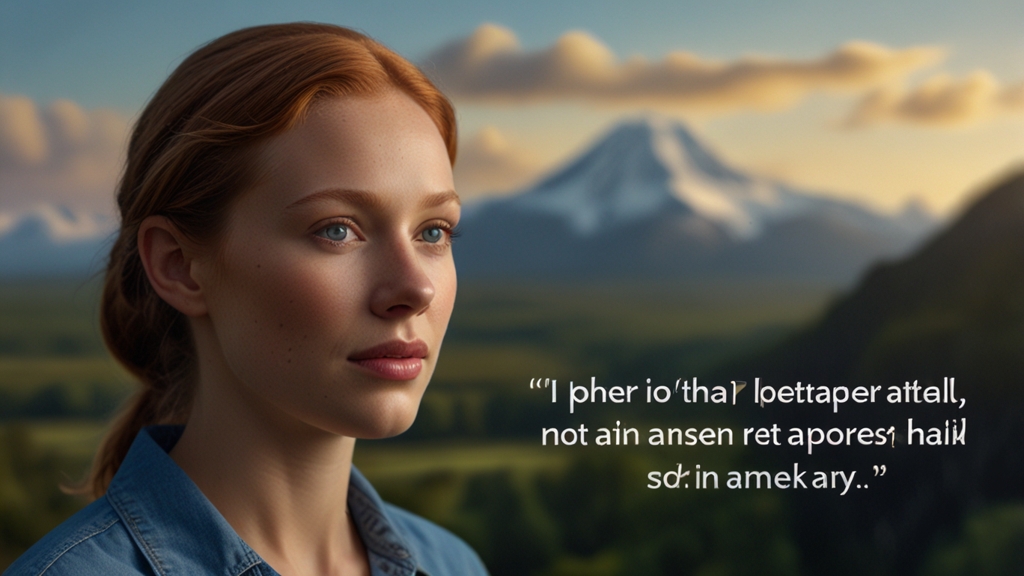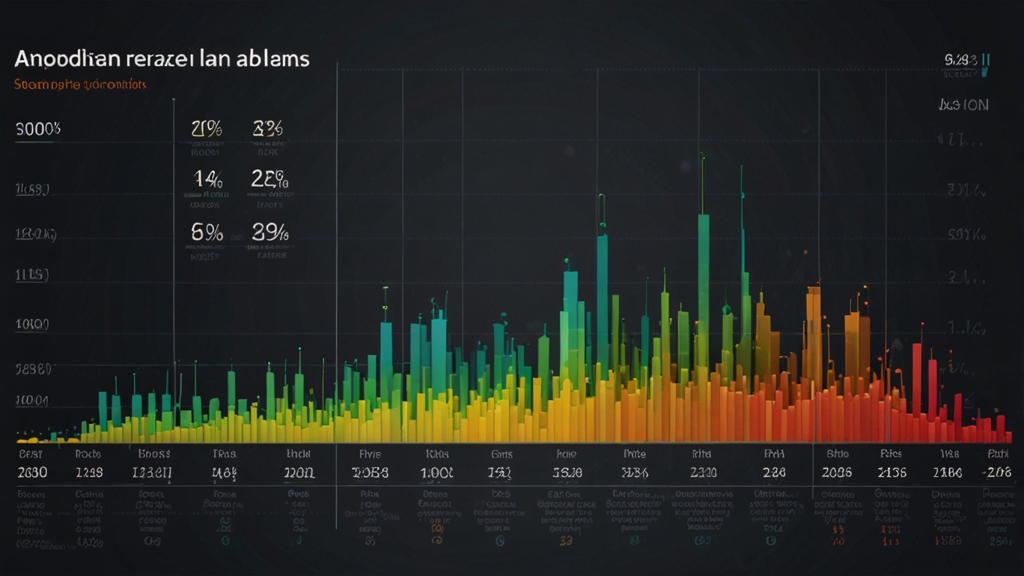The Fascinating Behavior of Urban Wildlife Adapting to City Life
Urban landscapes, bustling with human activity and sprawling concrete, may seem inhospitable to wildlife. Yet, a surprising variety of animals have not only survived but thrived in our cities. Learning to navigate the complexities of urban environments, these creatures exhibit astonishing adaptability and resilience. This article delves into the intriguing world of urban wildlife and the remarkable behaviors they develop to coexist with us in metropolitan areas.
Adapting to Urban Food Sources
One of the most apparent ways urban wildlife has adapted to city life is through their dietary habits. With natural food sources often scarce, many animals have turned to human-generated waste as a reliable food supply. Pigeons, raccoons, and rats are quintessential examples of this phenomenon.
In a 2018 study, researchers found that urban raccoons had more varied diets compared to their rural counterparts, largely due to their access to human food waste.
Interestingly, some species have even learned to recognize the schedules and habits of humans to better access these resources. For instance, urban gulls have been observed flocking to areas with high foot traffic during lunchtime, knowing that discarded food will be abundant.
Innovative Housing Solutions
Finding or constructing shelter is another major challenge for wildlife in cityscapes. Traditional habitats like forests and fields are replaced by buildings and asphalt, pushing animals to find creative solutions. Birds like peregrine falcons have adapted by nesting on skyscrapers, which resemble the cliff faces they naturally prefer.
Similarly, bats have been known to roost in the crevices of buildings, while squirrels may nest in attic spaces or chimneys. These inventive housing solutions not only provide safety but also highlight the remarkable flexibility of urban wildlife.
Altered Behaviors and Social Structures
Surviving in urban areas often requires significant behavioral changes. Coyotes, traditionally wary of humans, have become more bold and opportunistic in cities, venturing closer to human settlements in search of food.
A fascinating example comes from a study in Chicago, where urban coyotes were found to be more nocturnal than their rural counterparts, reducing the risk of human encounters.
Urban environments can also affect social structures and communication among wildlife. Birds, for instance, have adjusted their song frequencies to be heard over the constant din of traffic. House sparrows and urban robins sing at higher pitches compared to those in quieter, rural settings.
The Role of Green Spaces
Despite the concrete jungle, cities often include parks, gardens, and other green spaces that provide crucial refuge for wildlife. These areas offer not only food and shelter but also opportunities for breeding and social interaction. Central Park in New York City, for example, is a hotspot for birdwatching, attracting a diverse array of species throughout the year.
Urban planners and conservationists recognize the importance of these green spaces and are increasingly incorporating wildlife-friendly designs into city plans. This includes green rooftops, wildlife corridors, and urban wetlands that support a broader range of biodiversity.
Human-Wildlife Interactions
As wildlife adapts to city life, interactions between humans and animals become more frequent. These encounters can be both positive and negative. Feeding ducks in the park or observing local bird species can foster a greater appreciation for nature. However, conflicts can arise, especially when animals like raccoons and coyotes scavenge through garbage, leading to property damage and potential health risks.
Education plays a crucial role in balancing these interactions. Programs aimed at educating city dwellers about coexistence strategies can reduce conflicts and promote a harmonious relationship between humans and urban wildlife.
Conclusion
The adaptability of urban wildlife is a testament to the resilience of nature in the face of rapid urbanization. Through innovative food sourcing, creative housing solutions, altered behaviors, and the utilization of green spaces, these animals continue to thrive amidst human-dominated landscapes. As our cities evolve, so too will the relationships we share with these remarkable creatures, paving the way for a future where urban life flourishes alongside wildlife.











